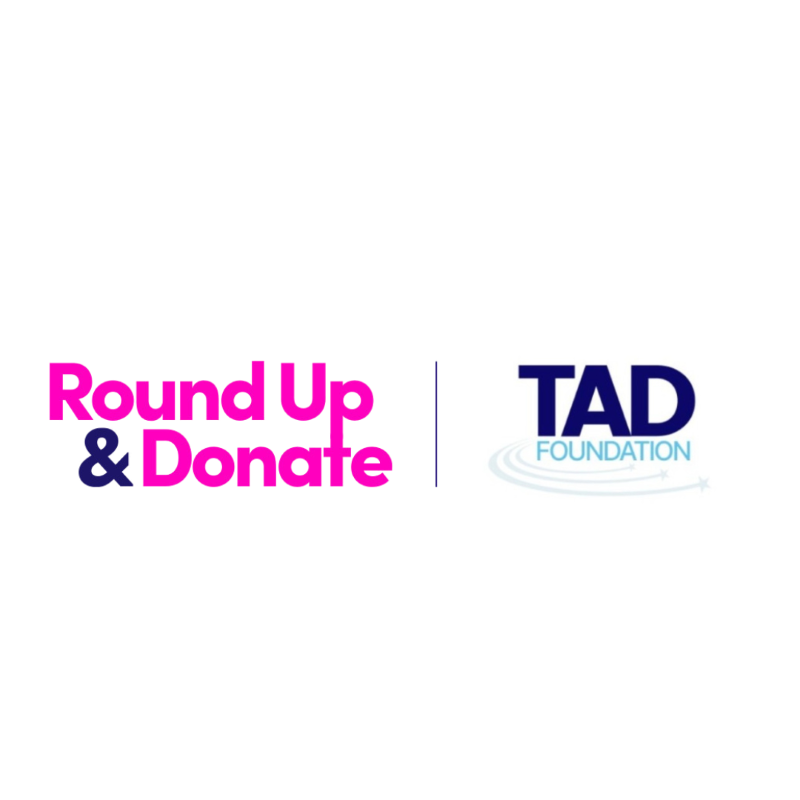We are thrilled to bring on a professional content developer with deep experience in leadership and technical training creation. Who better to share more about her story than Janine herself? Let’s check it out.
I am standing in a hotel lobby in Liberia in West Africa, and as I reach for the elevator button, I smile. The floor sign numerals are raised, and below them, I see distinct Braille bumps. I notice there is even a tactile star on the door jamb. It’s funny how our perspective on the world changes when we are given a new point of view. A few months ago, I wouldn’t even have registered that elevators have Braille signage. That all changed when I started a new content project with an inspiring foundation for the blind and low vision community: Together Achieving Dreams (TAD).
In my early conversations with Kathryn Webster, the foundation’s founder, I was given my first glimpse into a different world. What struck me most about Kathryn’s story was not just her tenacity to succeed in a sighted world. I was inspired by the ecosystem Kathryn was able to create, which helped her find success as a student in a challenging environment. Her story was a shared journey with key people who were willing to see the limitations of their educational facilities. Together, Kathryn and her mentors found new and different ways to break down or shift the barriers between her blind and their sighted world.
So, when Kathryn asked if I would help develop training material for her foundation, I was excited to take on the task. My mission is to create content that helps blind and low vision students do more, and achieve more, as they prepare for college or employment. The fact that blind and low vision people in the US face a 75% unemployment rate is staggering. It’s easy to get behind the foundation’s goal to tailor training content that helps improve career prospects. We need to raise the chances of blind and low vision students being able to study and find work that goes beyond society’s stereotyped roles for people with disabilities.
At first, I was confident of my starting point. My base knowledge of accessibility stems from several years I spent working in shaping user experiences at Microsoft. Even though I have a good level of awareness about how we make software products more accessible, I had never much thought whether user design influenced employability. In fact, the more I interacted with Kathryn and her team, the more I realized that some of my experiences in Africa were more relevant to understanding the stereotypes the foundation is seeking to address.
For example, I spent a couple of years working with young African women who were illiterate. We were teaching entrepreneurial skills. Every lesson was structured to be more visual, more tactile. It was here I saw that when you cannot read, you are more vulnerable. Without basic literacy, you are excluded from so much of what the world has to offer. It shakes your confidence and traps you in a cycle of scarcity, limiting your access to resources that could change your life.
How much more so for blind and low vision people, who must develop social literacy skills along with learning to read Braille. It’s hard to navigate obstacles in your day-to-day life. It’s just as tough to have a dream of achieving more than your limits allow. Even in a first world environment, where you have disability legislation and mandated support.
I desperately wanted to create useful content. To help me better understand the world through a blindness lens, I decided to head to the Hans Wagener Academy, in Worcester, South Africa. Here I had a chance to meet several blind students preparing for further studies and future careers. First, I was blown away by the level of multitasking each student must master in the learning environment. And second, I became deeply aware that each student had his or her own story, and each journey is unique. In talking with the Academy staff, I was further impressed by their flexibility and willingness to adapt sighted course material for each student to find a success path.
Inspired, I have returned to my work desk and the TAD project. I am committed to finding the best style and tone for the training manual content. I also want to make sure each TAD manual has the needed tailoring to make the lessons relevant for blind and low vision students who want to dream big. Together with my TAD Review Crew – the beta team reviewing the content – I am optimistic we will create training manuals that will make a difference in achieving those dreams.






SHARE